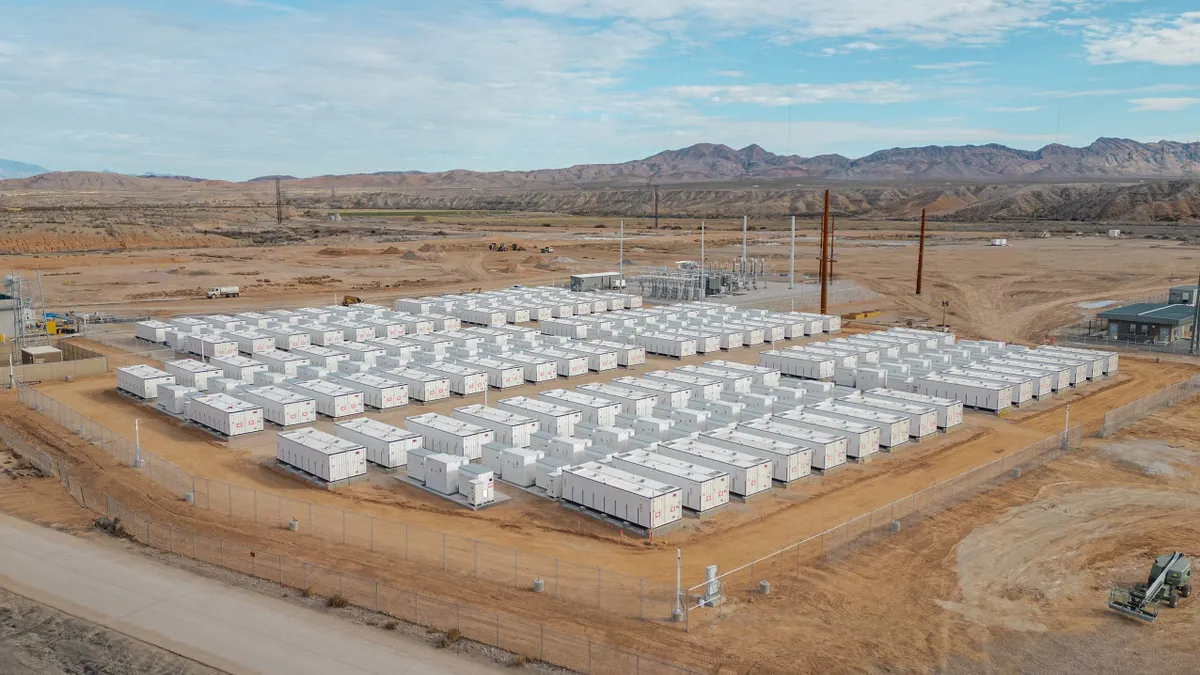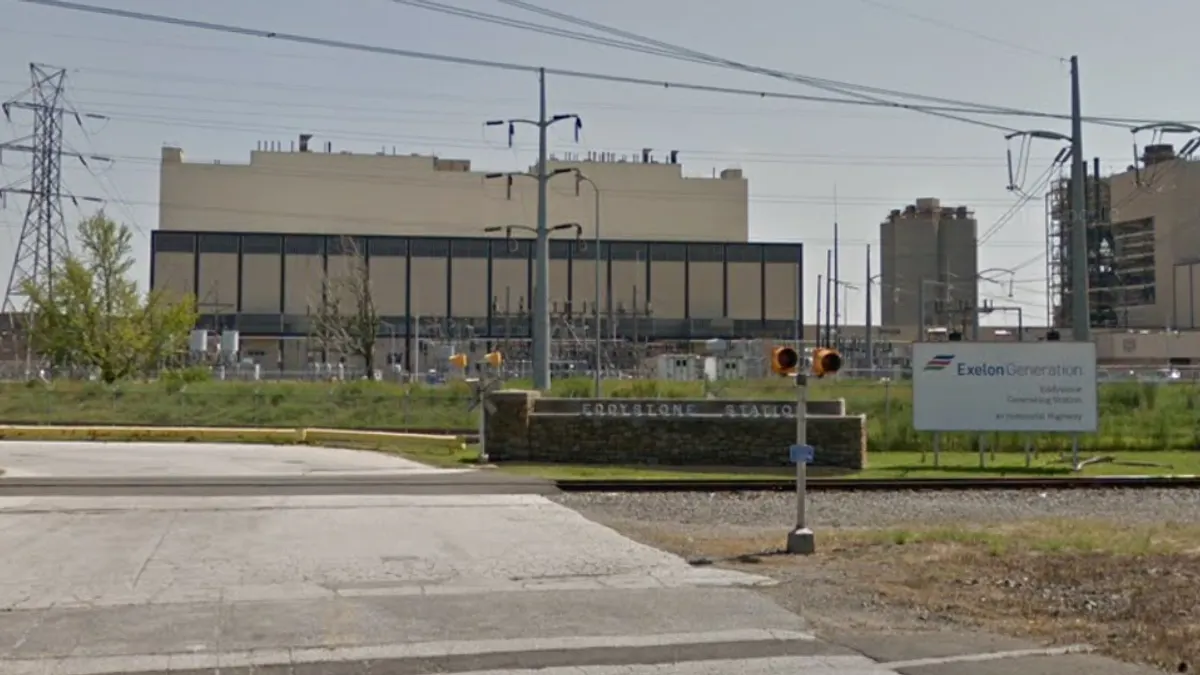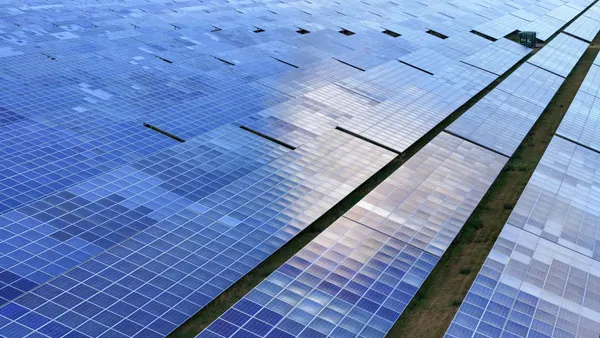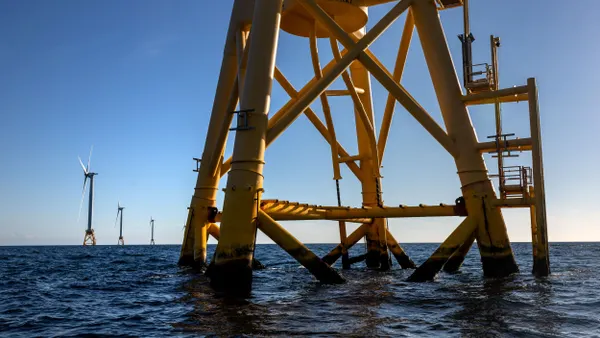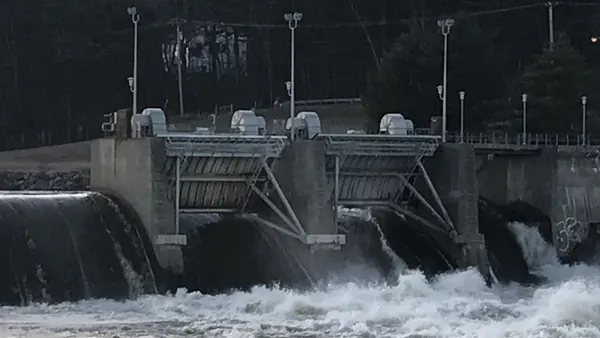Annual U.S. electricity consumption is expected to increase in 2025 and 2026, surpassing an all-time high reached last year and driving an expansion in generating capacity – largely in the form of solar and battery storage, said the Energy Information Administration in a Tuesday Short-Term Energy Outlook.
Utility-scale solar significantly leads the pack, set to add around 135 GW between 2020 and 2026 and provide “the largest increases in electricity generation in our forecast, increasing by 34% in 2025 and 18% in 2026,” according to the EIA.
Storage is expected to provide the second largest addition in capacity through that time – around 57.5 GW, said the EIA. It surpasses wind energy, which is expected to add around 50 GW in capacity, and natural gas, which is expected to add around 25 GW. Coal capacity is expected to drop by around 50 GW in that same period.
“The new generating capacity is concentrated in Texas, California, the upper Midwest, and the Northeast,” the EIA said.
In a November fiscal note, the office of the Texas comptroller said that the state “has more battery storage projects planned than any other state, with 19.7 GW worth of additional capacity expected to come online in the next couple years. Battery storage systems have proven their value to the Texas market by increasing reliability and reducing costs while allowing for greater stability in the integration of renewable resources.”
“U.S. battery storage already achieved record growth in 2024 when power providers added 10.3 GW of new battery storage capacity,” the EIA said in a February brief. “This growth highlights the importance of battery storage when used with renewable energy, helping to balance supply and demand and improve grid stability.”
The EIA also said in February that together, solar and battery storage account for 81% of the expected total capacity additions, with solar making up over 50% of the increase.
The U.S. energy storage industry plans to invest $100 billion in the domestic battery manufacturing base over the next five years, the American Clean Power Association said in an April press briefing, though ACP noted that this will rely on a “streamlined permitting environment” and predictable tax and trade policy.
The House Ways and Means Committee is currently considering a draft reconciliation package that would step down the Inflation Reduction Act’s investment and production tax credits for technologies including batteries after 2028, potentially impacting the deployment of battery projects.



